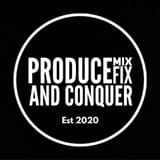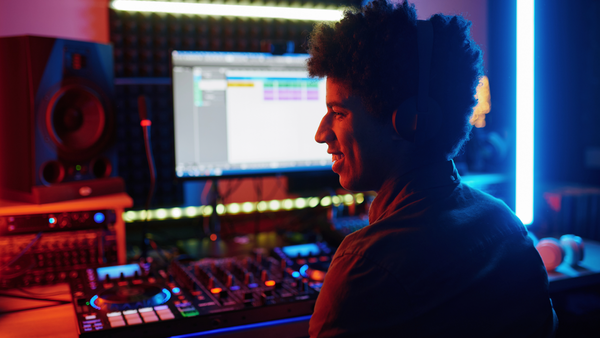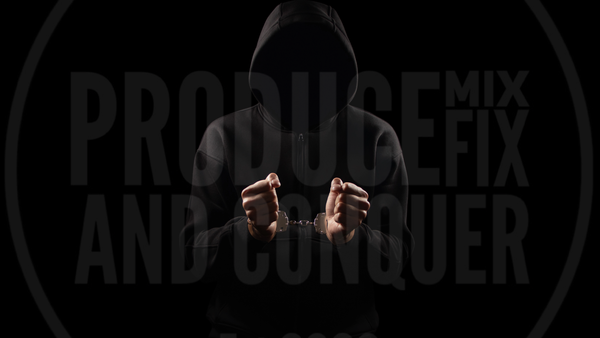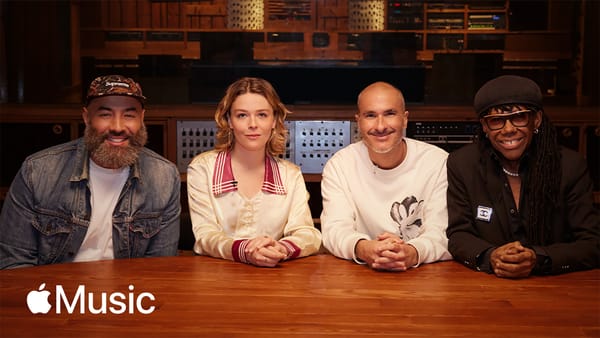Buy Nice or Buy Twice - By Linda Taylor
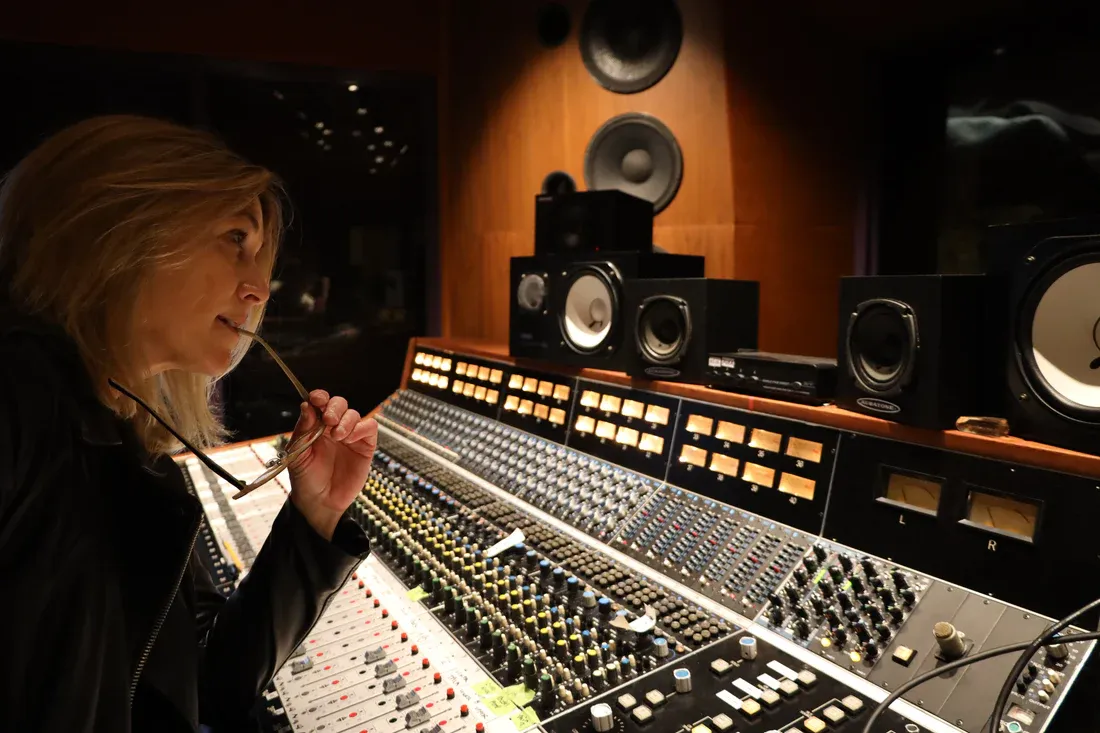
In my last blog I proposed the idea of thinking of the elements in your track and your mix as characters in a play…
So let’s meet the actors - the session musician.

In short, a session musician is one who plays their instrument so masterfully they can play anything the job requires. You may argue the same could be said for the live players, the hired guns. The difference is The Studio.
From the session player’s perspective, recording is a cross between pulling together everything you know and using only a fraction of it, pulling together everything you don’t know and playing it anyway, knowing exactly the gear that is going to deliver exactly the sound the artist imagines and pivoting when it doesn’t work, being able to create and catalogue parts over long hours, and having Firm Ideas, Loosely Held.

Today’s session musician is an artist, a songwriter, producer, recording engineer, mix engineer, and probably can find their way around a video camera for the inevitable demo requests. Every session cat I know runs their own studio, and whether or not advertised, they know how to produce a fully finished track including mix, start to finish.
But that’s not the big picture.
A session musician knows how to play in front of a microphone. They’ve developed a touch, a special awareness of how the sound of their instrument will be heard on playback. They know exactly how the part they’ve just laid down will be mixed, cut, and slid around the grid. They have impeccable time and groove, and can adjust to whatever is coming out of the speakers. Most importantly, they know what to play to further your story.

That’s who you want on your team. Someone who knows how to be your guitar player, or drummer, in that moment they share in the telling of your story. With the right musicians, the producer can now be creative, craft and sculpt without babysitting someone who needs 10 takes to get a verse. Now in this session the real creativity can live, the song can be fully explored. It won’t take all afternoon to cut a track you’ll have it in the first take. The second take will be golden, and the third, well that’s just candy.

That’s actually how I approach basics. I find my lane and stay in it for the first 2 takes, that’s the part, that’s the money. Now that I know we have it, on the third take I give them some different flavors, maybe get into the bridge a bit different, change the 2nd chorus slightly, easy to cut and paste so the producer has some choices.
It all starts with the song, absolutely, but I’ve seen too many songs ruined and grounded because the A Team wasn’t called. I’ve seen an equal amount of, um, not good songs turned into something quite nice in the right hands.

I was called for a banjo session. I said, um annnnd guitar right? No, banjo. I said, annnnnnd probably a little acoustic right? No, banjo. Now with a couple days’ notice I can get the rolls rolling and the turkey in the straw, but this is so not my wheelhouse. More confusing, my producer was touring with an actual Scruggs-style picker, so why am I getting called?
As I pulled the banjo out of the back of the car I smiled and passively asked, so is your guy busy, on the road or something? My producer says, “I don’t need a banjo player, I need a banjo part.”
We’re sharing ideas in a forum called “Produce, Mix, Fix and Conquer”. It’s my experience that you call the right people, you can spend the bulk of your time Producing and Conquering. You call the wrong people, you will be mired in Mixing and Fixing.
Photos © Linda Taylor

